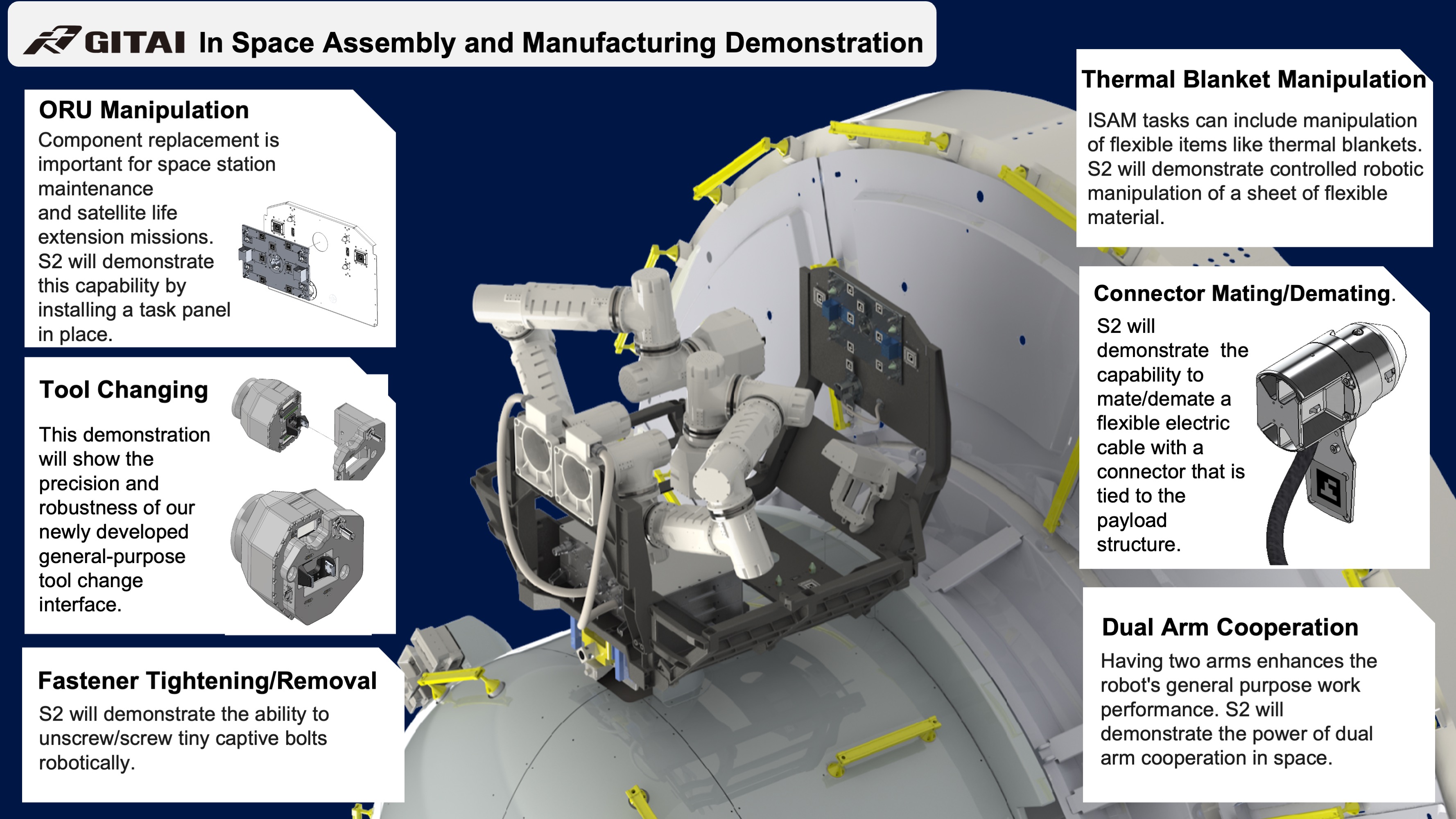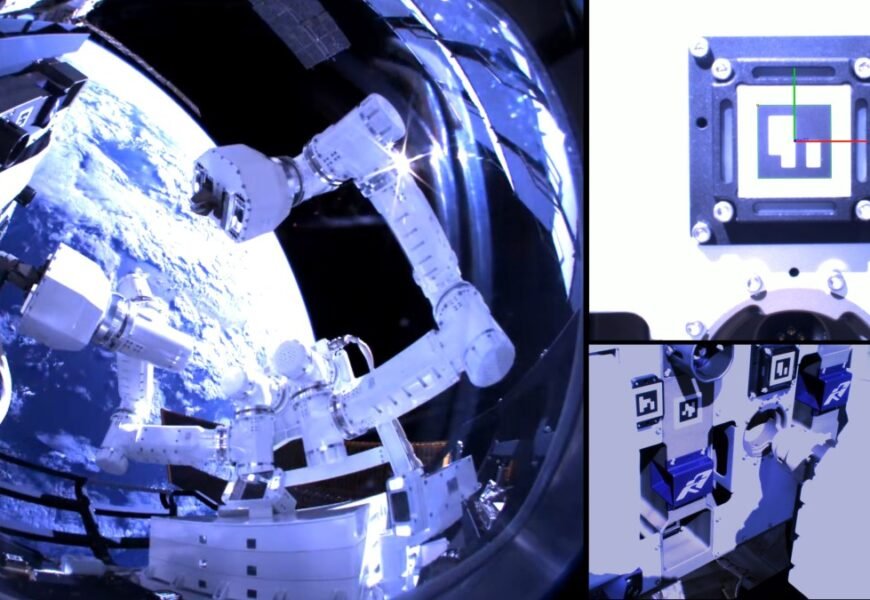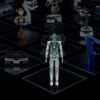Gitai, a Los Angeles-based company, announced on Tuesday that its autonomous robotic arm successfully completed a tech demonstration outside the International Space Station.
CEO Sho Nakanose explained in an interview with TechCrunch last year that Gitai aims to significantly reduce in-space labor costs, similar to how SpaceX has lowered launch costs. While autonomous robotic systems are not yet capable of replacing human labor on Earth, they offer a safe and cost-effective alternative in space.
The 1.5-meter autonomous robotic arm, named S2, was launched to the ISS on a SpaceX Falcon 9 in January. It performed tasks such as installing a task panel, manipulating materials, and connecting electrical cables. These tasks are essential for constructing structures in space for habitation and work.

Image Credits: Gitai
In addition to space construction, Gitai is focusing on satellite servicing for spacecraft in low Earth orbit and geostationary orbit. The company is developing robotic satellites capable of tasks like docking, inspection, and de-orbiting.
With an eye on launching on-orbit servicing in 2026, Gitai’s technologies have reached a high level of maturity, with their autonomous arm and “inchworm-type” arm both at a Technology Readiness Level (TRL) 7, the highest level according to NASA standards.














